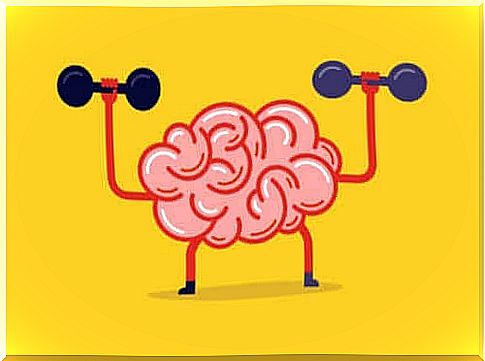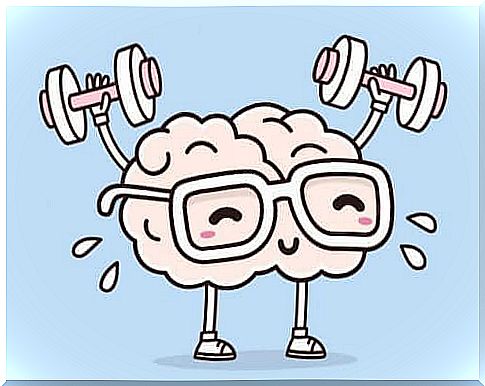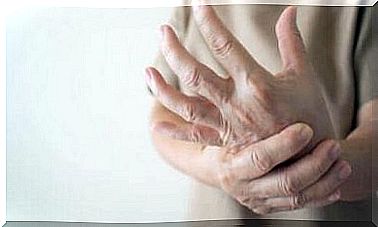Nevrobics – Good Training For The Brain

Physical appearance and its culture prevail in Western society. Thus, many people are obsessed with staying fit and having sculpted bodies. However, few people worry about training the brain. Wait, what? Does this mean that there is a way to keep the brain in shape? Yes it does! Keep reading to learn more about neurobics, a form of good brain training.
While it’s good to take care of your body and overall appearance, do not forget that your brain is a muscle that also requires exercise. It is not just an organ, but an invaluable operating system. Thus, you should try neurobics, which is a great way to keep your brain in shape.
You can adjust the suggested exercises according to specific needs. This way you can improve your mental abilities according to your age. There are exercises for both children and adults of all ages.

What exactly are neurobics?
This is mental, brain or neuron training that consists of a set of exercises, problems and mental puzzles that can improve mental performance. Lawrence Katz and Manning Rubin, neurobiologists at Duke University in Durham, North Carolina, came up with the concept.
These authors presented neurobics as an exercise program for a group of brain muscles that you need to stimulate through routine changes and through a series of exercises that can maintain optimal mental health in the long run.
According to Katz and Rubin (1999), neurobics is good training and very different from other types of brain exercises that generally involve logical exercises, puzzles and isolated sessions.
Instead, neurobics require the use of all your senses to enhance and generate the various natural pathways of the brain. In this way, you create new associations between different types of information. Consciously creating new associative patterns is a central part of this type of brain exercise.

Good training for the brain: Forms of exercises
The training suggested in neurobics involves the hemispheres of the brain, body movement and the use of all the senses, especially the use of the eyes to stimulate myelin. The exercises are easy to learn.
This program has the following goals: To improve a person’s physical condition, to maintain the quality of movements, to strengthen psychological and cognitive abilities and to help the communication between brain and body to eliminate stress and tension from the body.
You can do many exercises. The more creative you are, the wider the range of possibilities will be. Here are some ideas:
- Solve Sudoku puzzles and take the time to keep up with the progress.
- Learn new words and integrate them into future conversations.
- Turn the wristwatch upside down.
- Show the time on the clock through a mirror.
- Walk backwards through your house (do it carefully).
- Brush your teeth or comb your hair with the non-dominant hand.
- Look at pictures upside down and appreciate the details.
- Use your mobile phone with the non-dominant hand.
- Dress with your eyes closed.
- Vary the route you take to work, home or school.
In short, all exercises that break routine and automatic behavior will stimulate your brain to function better.
What are the benefits of neurobics?
For a long time, researchers believed that the brain could only create neural connections during childhood. However, Katz concluded that the brain assigns and processes all necessary sensory contributions, generating new structures and connections at different ages. With these exercises you can:
- Create new connections (synapses) in the brain through experimenting with new activities in everyday life.
- Stimulate the production or regeneration of neural networks through the sensory network.
- Induce the production of neurotrophins or specific molecules that favor the survival of neurons.
- Doing brain exercises is important because they help to use the whole brain and body, which improves concentration, balance, thinking, memory, creativity, hearing, attention, perception and concentration.
Therefore, “it is a strategy that improves the ability to learn and helps to prevent and improve motor deficits, behavioral problems, oral, writing and hyperactivity” (Orellana, 2010).
Thanks to the exercises suggested by neurobics, it is possible to develop new structures and brain connections. You can also prevent the manifestation of various neurodegenerative disorders such as Alzheimer’s disease, depression and Parkinson’s using neurobiological techniques.









